An Overview of Change Management Models in Clinical Laboratory Science
VerifiedAdded on 2021/04/17
|24
|693
|241
Presentation
AI Summary
This presentation examines change management models within the context of clinical laboratories. It begins by highlighting the continuous nature of change and the challenges it presents, particularly within laboratory settings. The role of clinical leaders is emphasized, detailing their responsibilities in motivating employees, instilling change processes, and facilitating communication. The presentation then explores various change management models, including Lewin's, McKinsey 7-S, Kotter's, Nudge theory, ADKAR, Bridges’ transition model, Kübler-Ross’ change curve, and the Satir model. The current trend toward digitalizing clinical laboratories is discussed, along with its benefits for efficiency, accuracy, and patient care. The presentation advocates for the adoption of Kotter's change management model, which is considered appropriate for managing employee transitions. It outlines the stages of Kotter's model and emphasizes the importance of integrating ISO 15189:2012 standards during the change process. The presentation concludes with recommendations for a step-by-step approach to change management, focusing on employee training and the adoption of quality standards.
1 out of 24

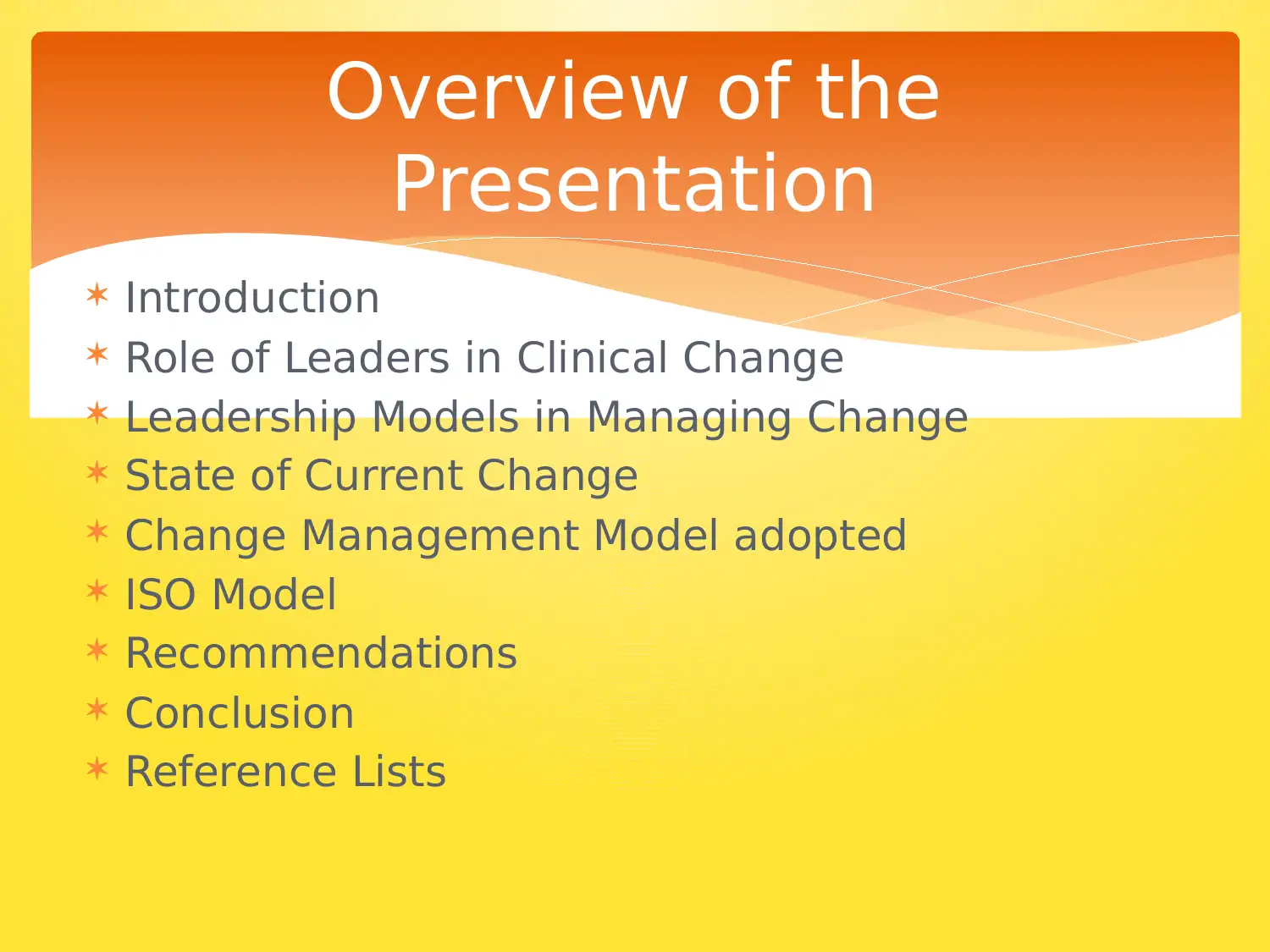
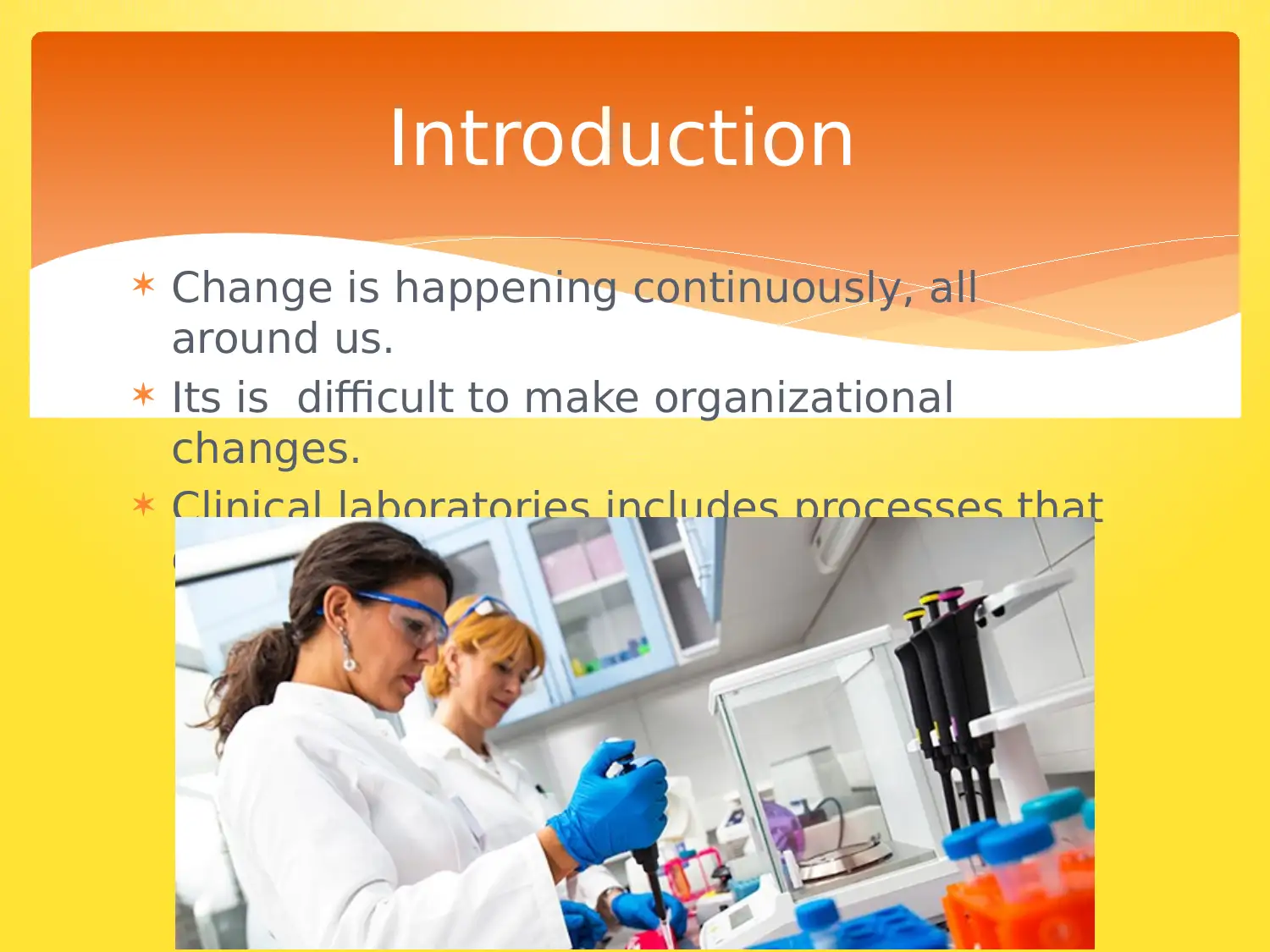

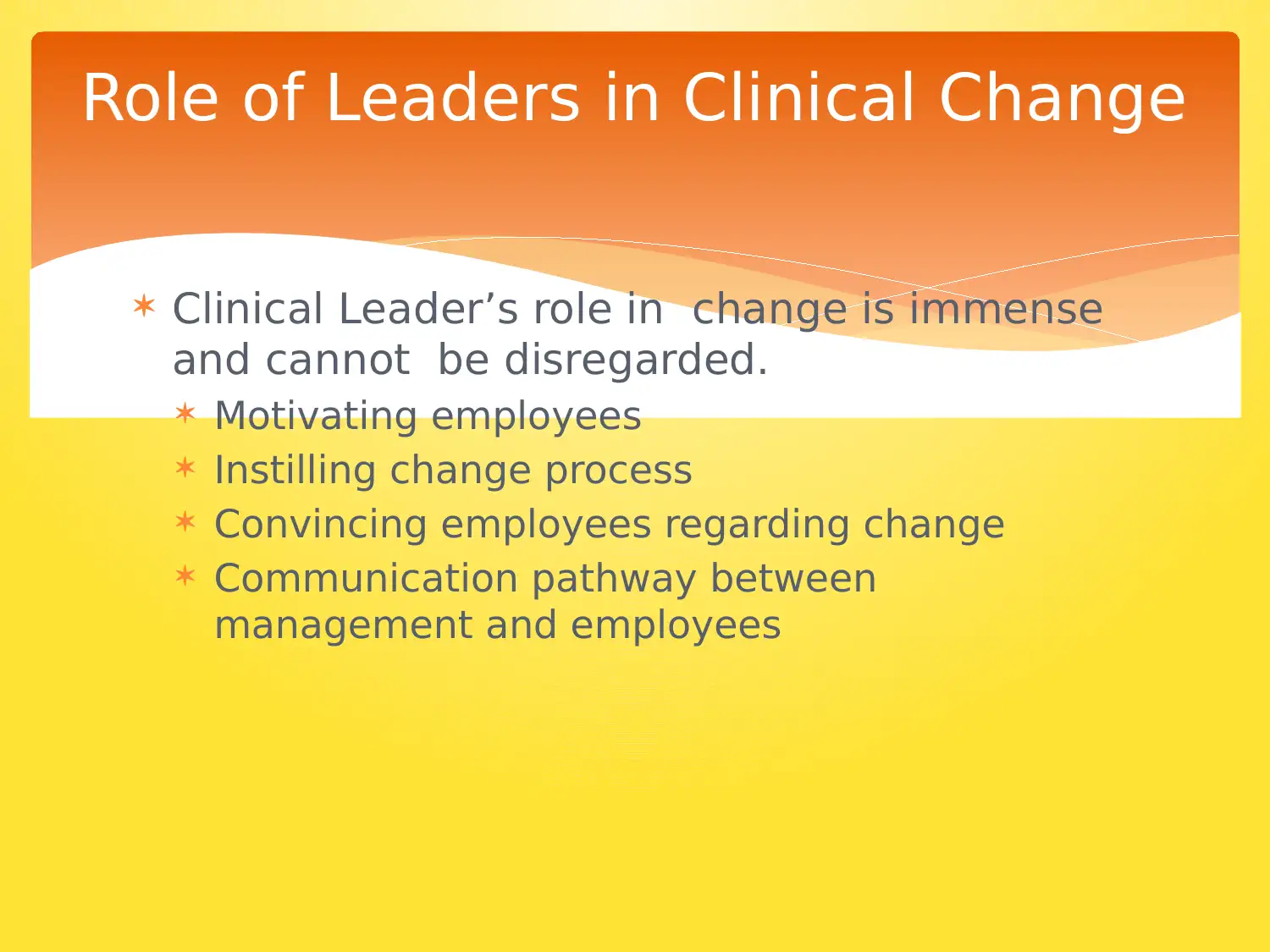

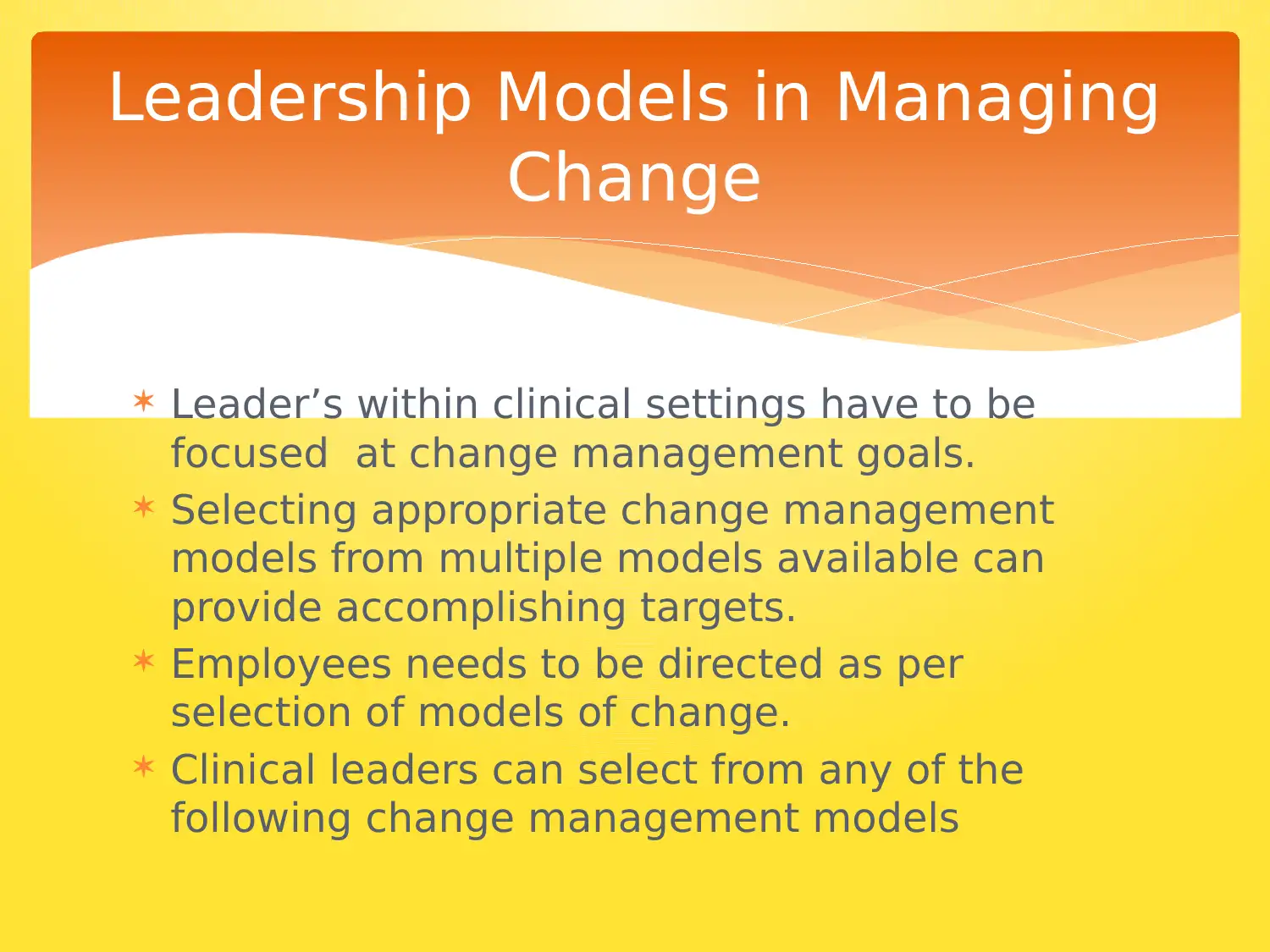
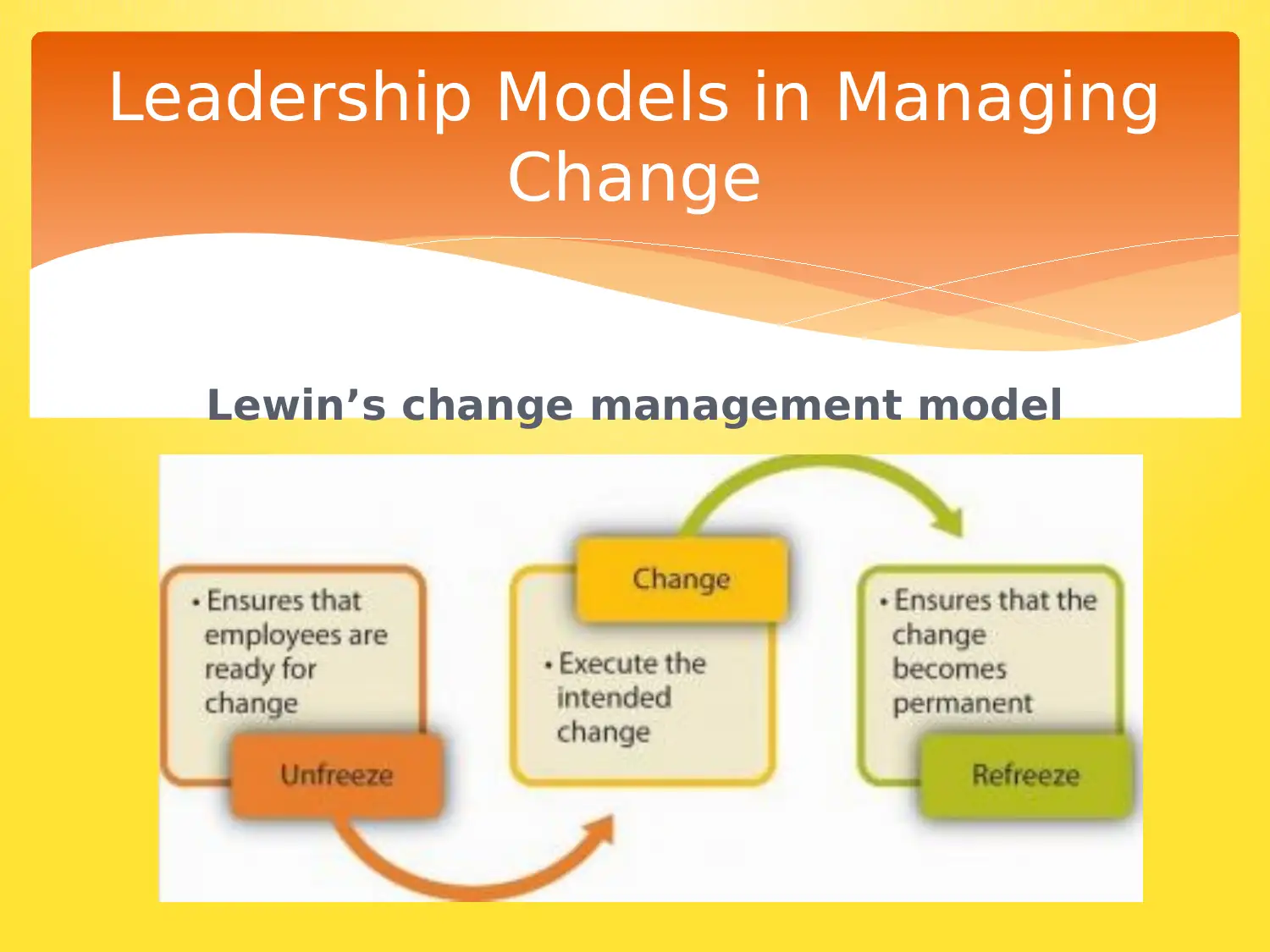
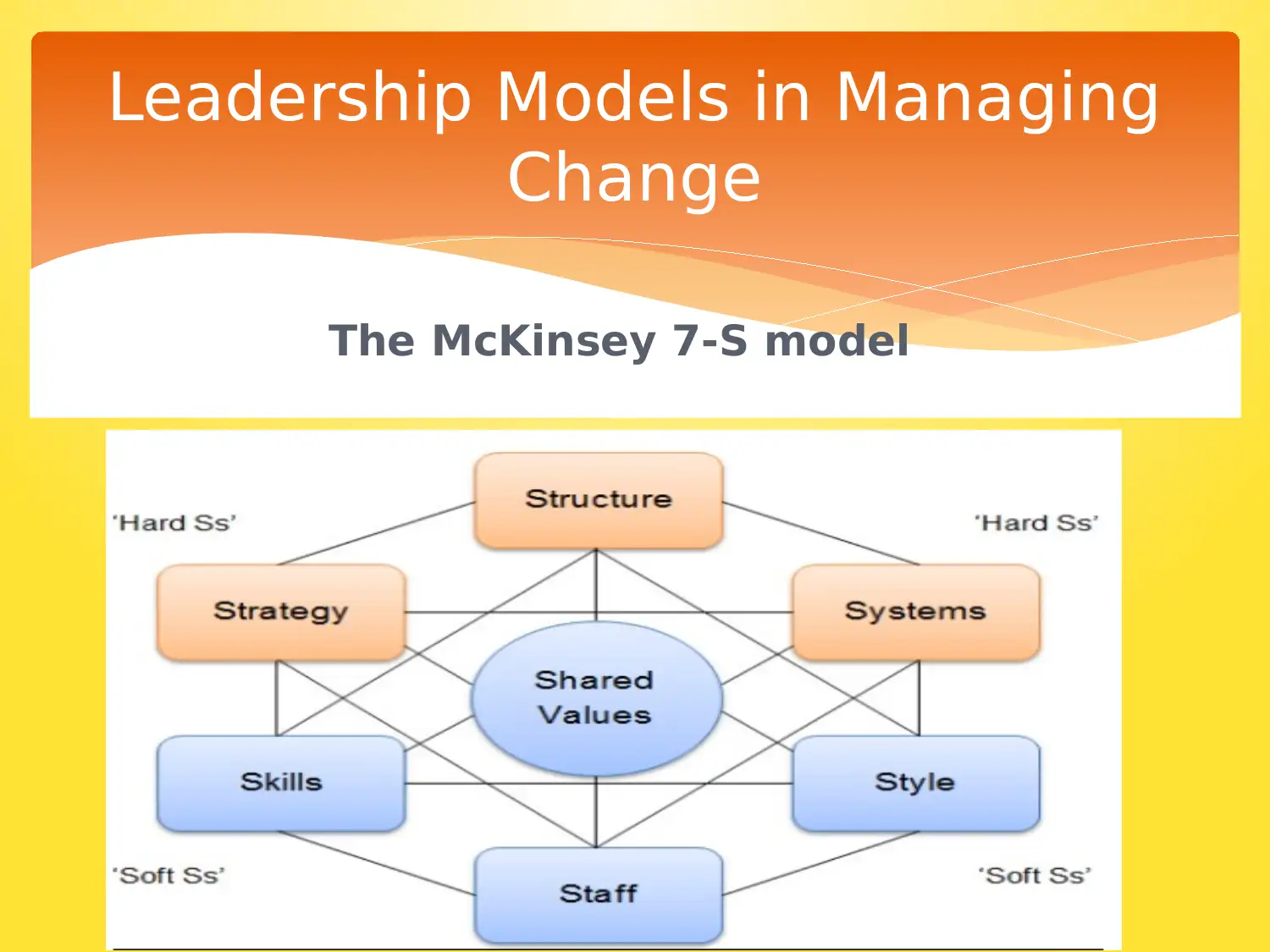
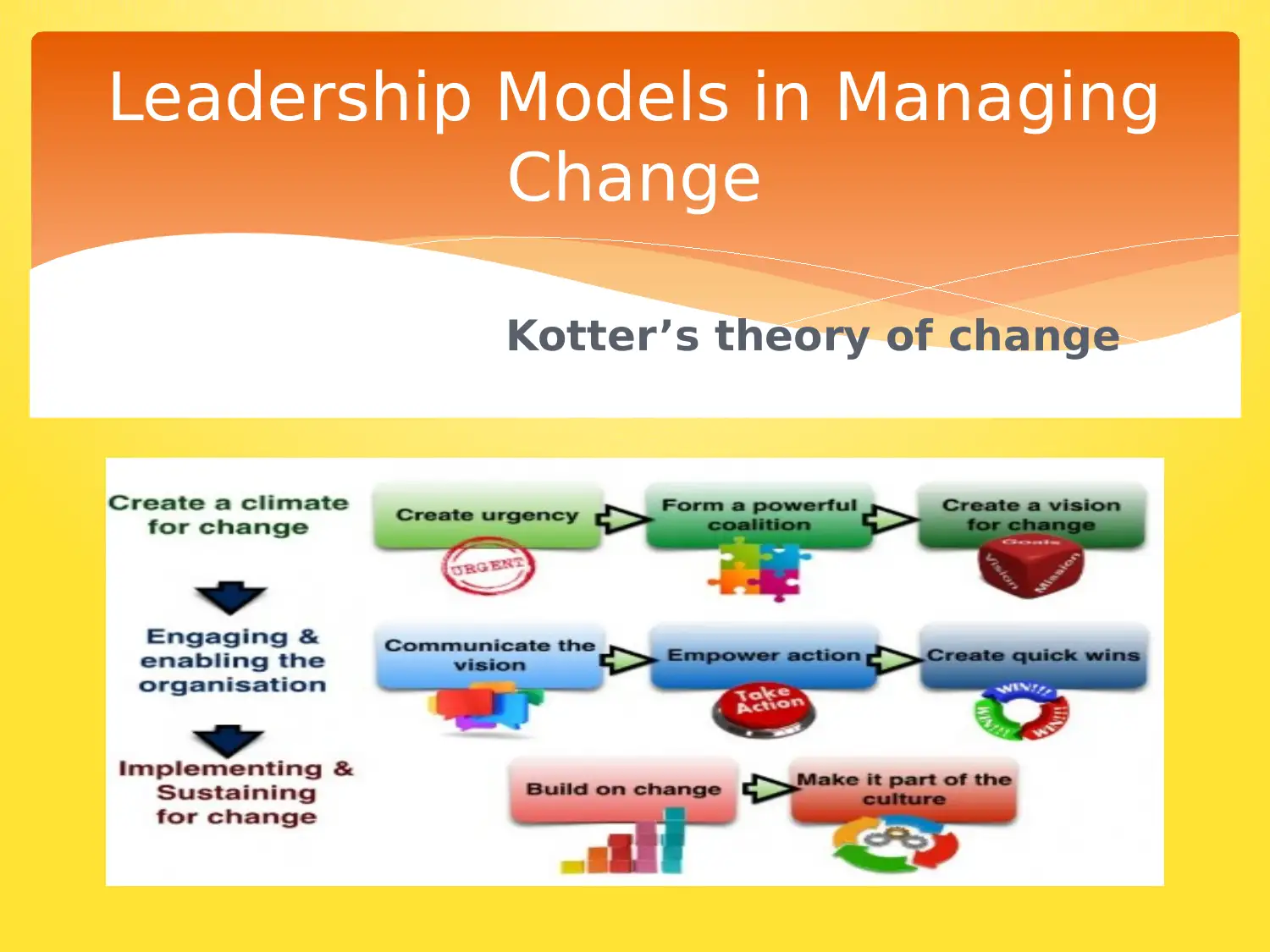
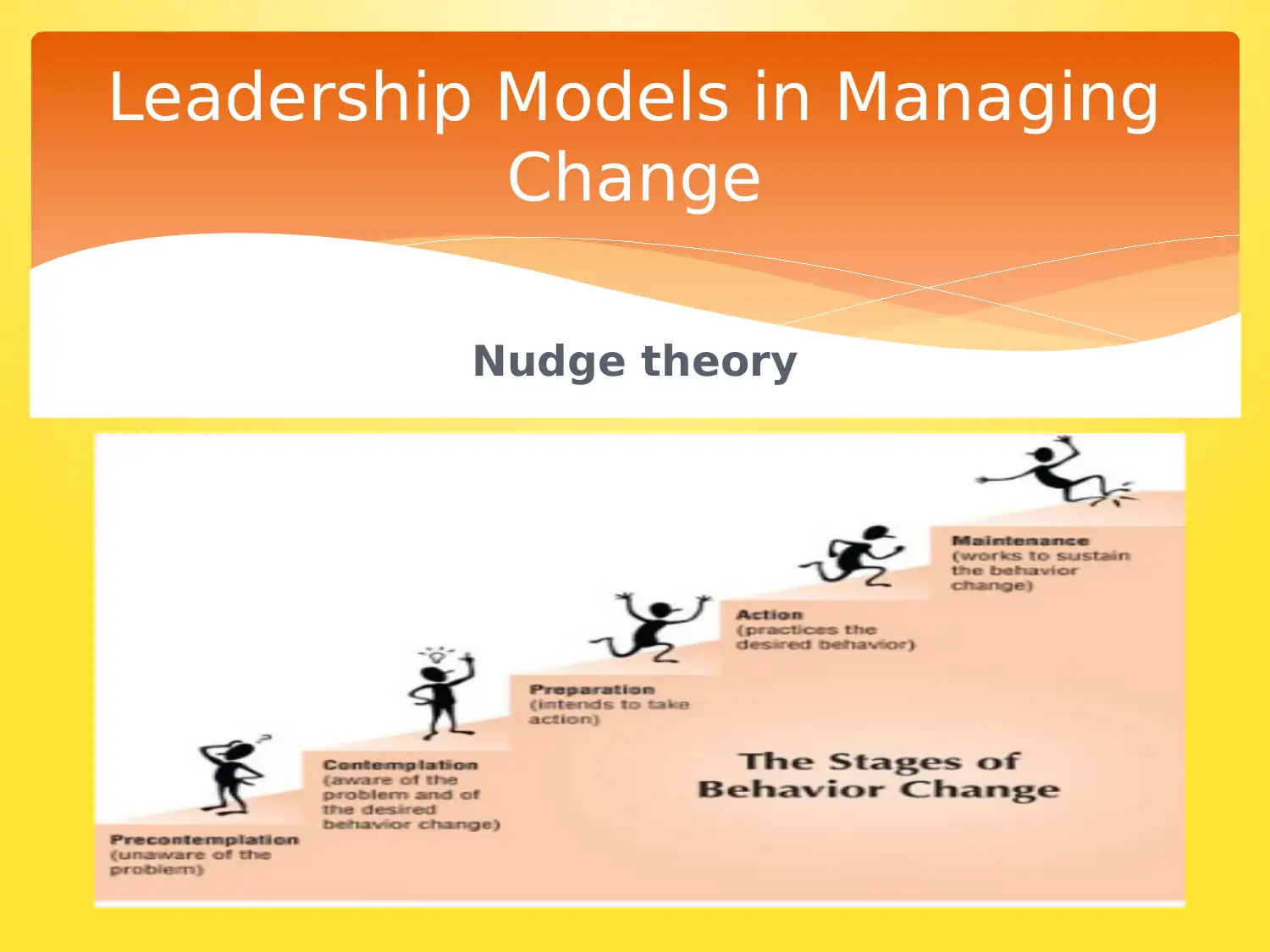
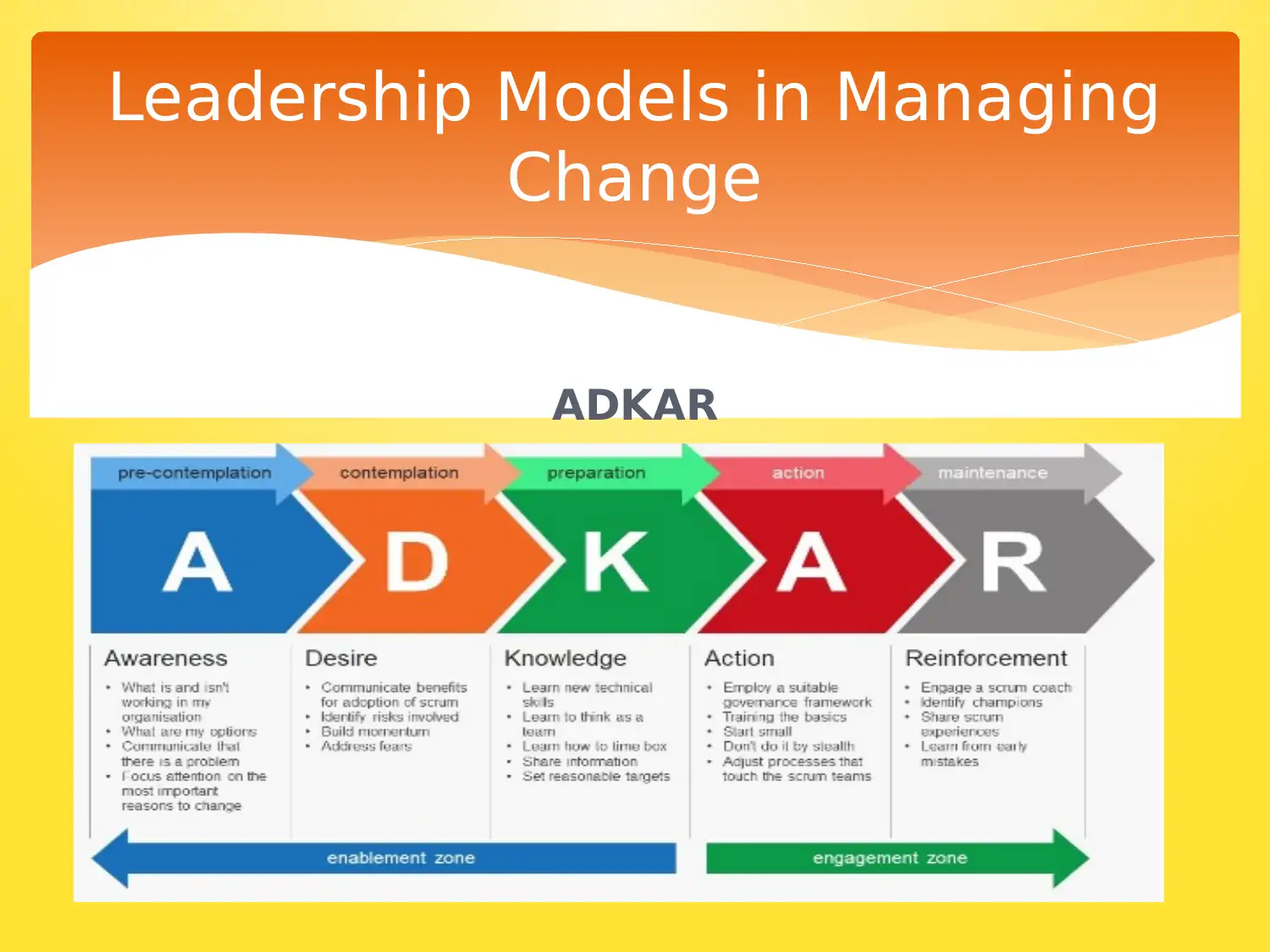
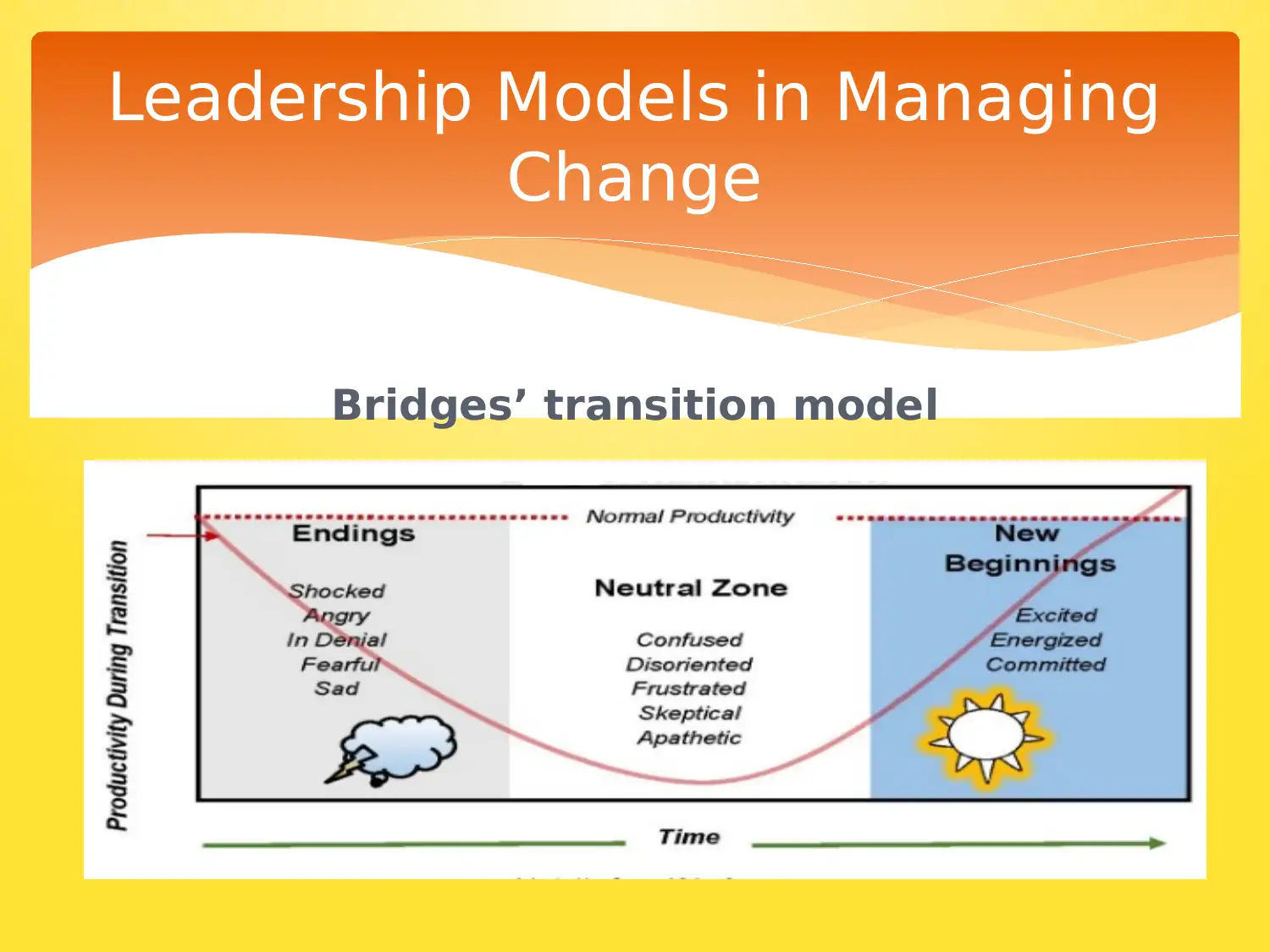





![[object Object]](/_next/static/media/star-bottom.7253800d.svg)